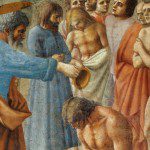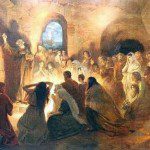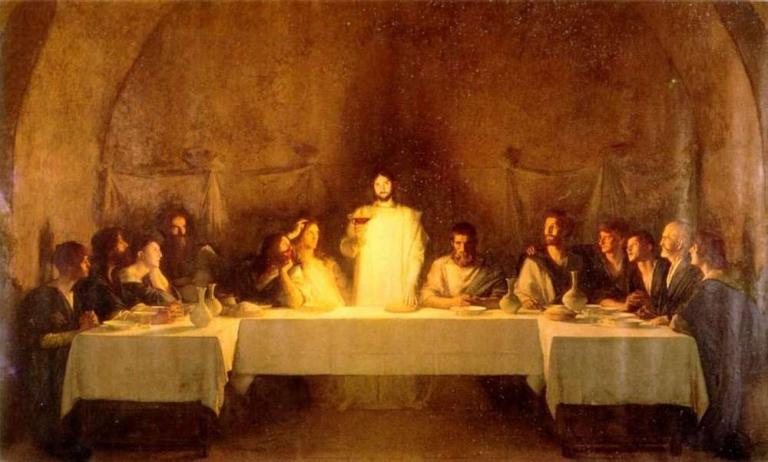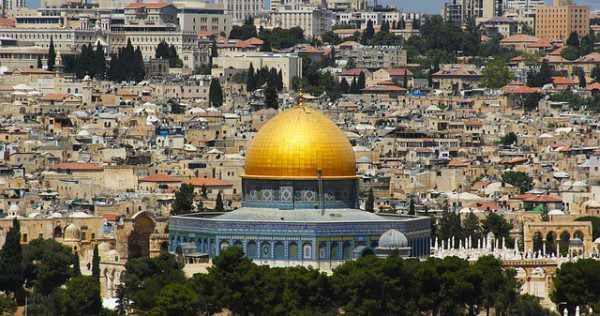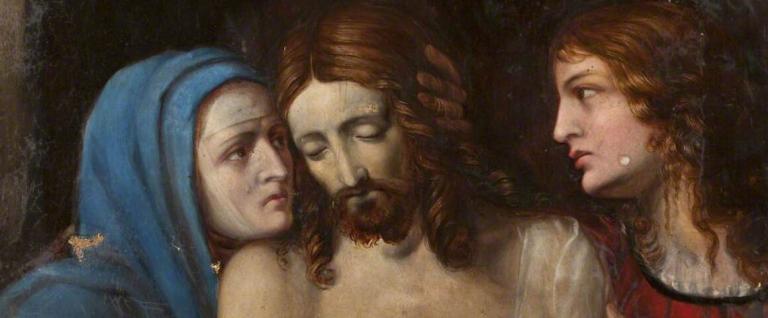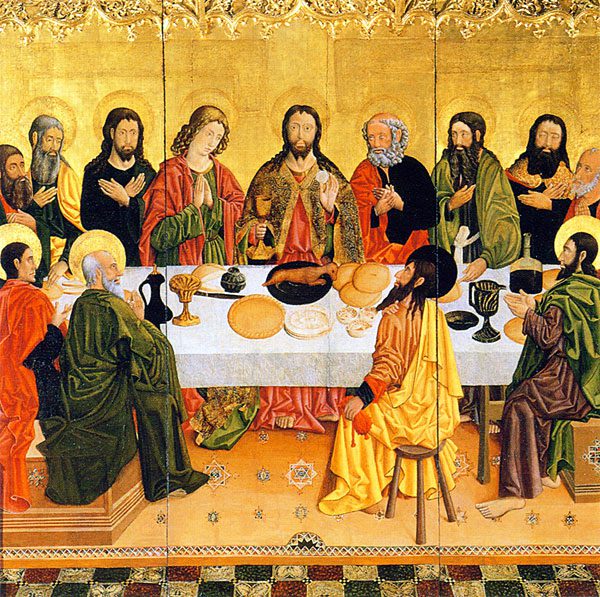 Has Bradshaw shown that Dix was fundamentally wrong in his depiction of early Christian worship?
Has Bradshaw shown that Dix was fundamentally wrong in his depiction of early Christian worship?
I don’t think so.
Bradshaw’s principal criticisms of Dix are as follows.
- Dix doesn’t realize the extent of early church variation in liturgy, and wrongly insists on a fundamental common “shape” of the liturgy consisting of offertory, prayer, fraction, and communion.
- Dix wrongly assumes that the first half of Christian liturgy comes from the synagogue, that the second half or Eucharist is exclusively paschal (from the Jewish Passover rite), and that this second half comes predominantly from Jewish grace after meals.
I think Bradshaw is helpful in certain respects.
- He shows us that what finally emerges in the post-Constantinian era (and which shapes Christian worship up through today) was not the survival of one original rite but a compromise among different rites. The Constantinian Revolution, as he calls it, was not a fundamentally new rite but the preference of some components of existing rites over others.
- Bradshaw also shows us there was no unbroken line of development in the early centuries. And we should not assume that what later became common to most or all rites was necessarily original.
- Most importantly, Bradshaw helps us understand that variations in liturgical rites were more numerous than we might imagine.
But Bradshaw’s criticism of Dix is not a slam-dunk.
- He never clearly shows that Dix is wrong on the four-fold shape. In fact, he concedes that nearly everywhere there was recognition that the Eucharist was a sacrifice to the Father (but not new or separate from the one sacrifice of Calvary). Nowhere does he argue that an offertory was not common. Nor does he show that prayer, fraction, and communion were not common elements. In other words, the four-fold shape is left standing.
- Dix himself argued for great diversity, and uniformity only in basic shape.
- Dix was probably mistaken in his attribution of Eucharist to the Jewish chaburah meal, but Bradshaw himself concedes a scholarly consensus that a great deal of the final Eucharistic rite goes back to Jewish sources. Bradshaw claims the Eucharist was not “exclusively” paschal, but there is overwhelming NT evidence for the Eucharist as a Passover meal of some sort.
- Bradshaw is a splitter and tries very hard to debunk facile assumptions of uniformity. But he finally concedes that in baptismal, daily prayer, and ordination rites, there were “fundamental ritual elements” (169), “continuity [that] can be traced from early Jewish patterns” (175), and “a fairly consistent pattern throughout East and West” (210).
More on Dix tomorrow.

